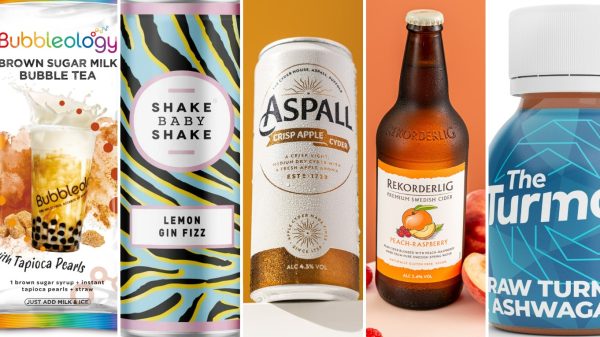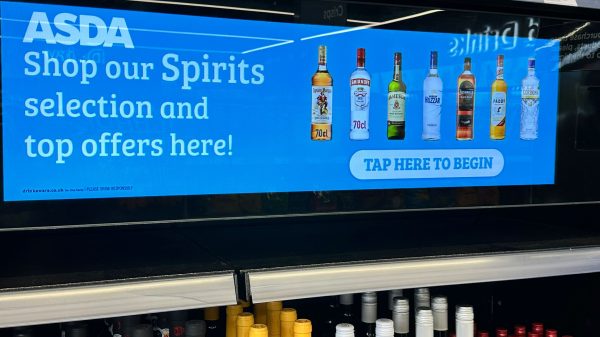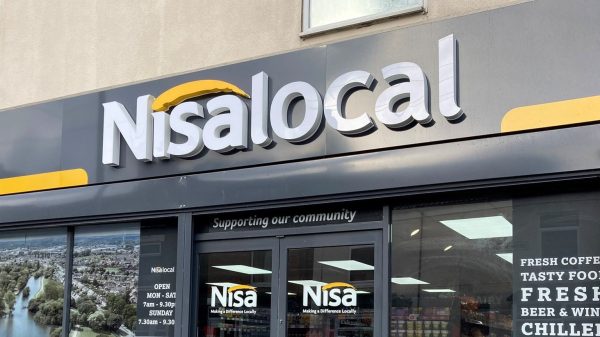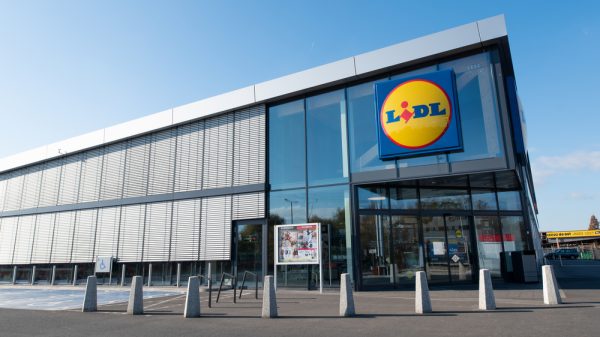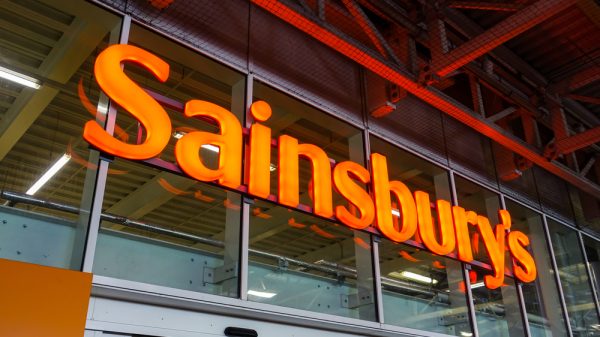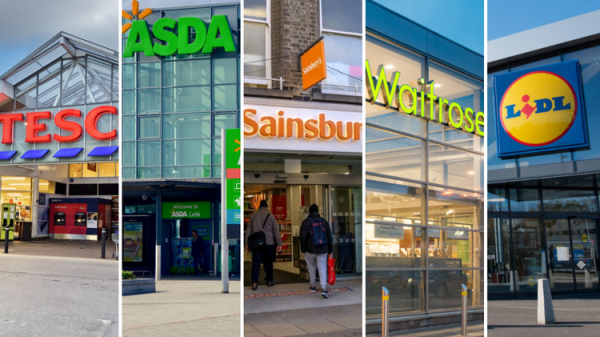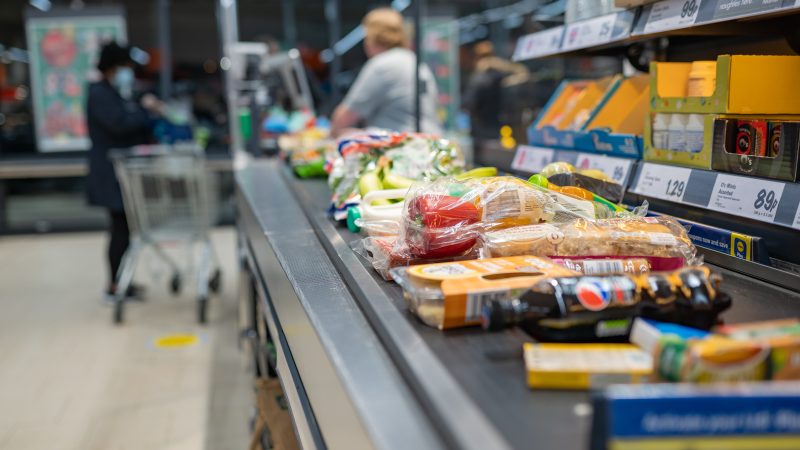Supermarkets are having a tough time of it at the moment. Suppliers are putting prices up, shoppers are spending less and supermarkets are stuck in the middle; defending their profits while also working out what cut-price move to make next.
While the price of basic groceries such as butter, milk and cheese surging by as much as 30% against last year, trust in supermarkets is plummeting, despite high-profile campaigns showcasing their battles to keep prices down as they deal with a perfect storm of marketforce challenges.
Of these challenges, grocery price inflation – currently sitting at around 15% – is proving to be the most difficult, with Tesco chair John Allan recently coming under fire for suggesting that some food producers could be hiking prices “unfairly”.
In the face of these price rises, supermarket own-brand lines typically offer big discounts on their more expensive branded counterparts.
But this begs the question – with supermarket own-brand lines also increasing in price, are they still the best choice for consumers looking to keep costs down?
Subscribe to Grocery Gazette for free
Sign up here to get the latest grocery and food news each morning
Trading down and buying less
Cash-strapped consumers have been shopping around and trading down over the past 12 months as the cost of essential items such as food, energy and fuel has crept up, putting increasing pressure on household budgets.
Most recently, Kantar data revealed that over the Christmas period, consumers continued to trade down to supermarkets’ own label products, with sales rising by 13.3%, well ahead of the 4.7% increase in branded lines.
However, this is by no means a new trend. Research from market research company KPMG published earlier this year revealed that one in three consumers were buying more own brand products, making it clear that – faced with rising costs across the board – consumers were taking control of their shopping habits.
Supermarkets have of course responded to this trend of trading down; Waitrose advertised its Essentials range for the first time ever, Marks & Spencer relaunched its ‘Remarksable’ value range and Asda’s Just Essentials range has been so popular that it has been rationed at the checkouts.
“We’ve been very focused on trusted value and investing in value because we know there has been a slight change to customers trading into those categories,” said M&S CEO Stuart Machin, explaining that investment in value has been responsible for driving the retailer’s top-line growth in grocery.
According to M&S, the Remarksable range now makes up almost a quarter of all baskets as customers pick up cheaper alternatives for their everyday essentials.
Value has also been key for Tesco, which has recently extended its Price Lock campaign, promising to freeze 1,000 branded and own-label prices until Easter.
CEO Ken Murphy attributed strong Christmas sales to the fact that Tesco had “stuck to its guns on value,” adding that while customers are trading down, the retailer remains “really competitive against everybody in the market”.
In a recent interview with the BBC, Tesco’s chair John Allan said that, while there have been some “dramatic increases” in costs and prices across the sector, consumers always had another option.
“If you don’t want to pay £1.70 for soup in Tesco or any other supermarket, there are own-label alternatives.”
The impact of cost inflation on own-label lines
In recent weeks, nearly 10,000 products have risen in price across the leading supermarket chains, meaning shoppers will continue feeling the pinch on their household incomes.
In total, 9,763 products were subject to price rises across major retailers between 26 December and 6 January, with Asda responsible for the largest proportion of increases, according to data from retail analytics company Assosia.
Of all the UK supermarkets, Big 4 grocer Asda has increased the price of more items across its range, with 2,470 products costing more now than they did before Christmas – equivalent to 11% of its entire stock. At the same time, 734 products were reduced in price, meaning that 1,736 items were more expensive overall.
Asda said in a statement that it is normally “consistently named the lowest-priced traditional supermarket”, adding that “there are a number of reasons why grocery prices vary over time”.
Even the discounters aren’t immune to these inflationary pressures, with the latest inflation tracker data from consumer watchdog Which? revealing that their prices rose the most throughout December, with Lidl’s prices soaring by 21.2% and Aldi’s by 20.8%.
Inflation across all other UK supermarkets sat at an average of 15%.
Crucially, the data also found that supermarket own-label ranges were increasing in cost faster than branded food and drink, with own-label budget ranges boasting the highest inflation level of all, at 20.3%.
Own-label standard-tier items had an average inflation rate of 18.5%, while inflation for premium own-label ranges and branded food and drink was significantly lower, at 12.6% and 12.5% respectively.
This spike in prices for budget, own-label grocery ranges means that those households which need the most help are also the most likely to be affected by these rising prices.
“Some households are already skipping meals to make ends meet,” Which? head of food policy, Sue Davies said. “Our findings show trust in supermarkets is taking a hit as many people worry they are putting profits before the people suffering during this cost-of-living crisis.”
Ultimately, with grocery price inflation holding steady, budget-tier own-brand lines remain the most effective way of keeping prices down for households looking to cut costs on their weekly shop.
For families who were already shopping from those ranges and so are faced with rising prices and no corners left to cut, the outlook is not quite so rosy.

